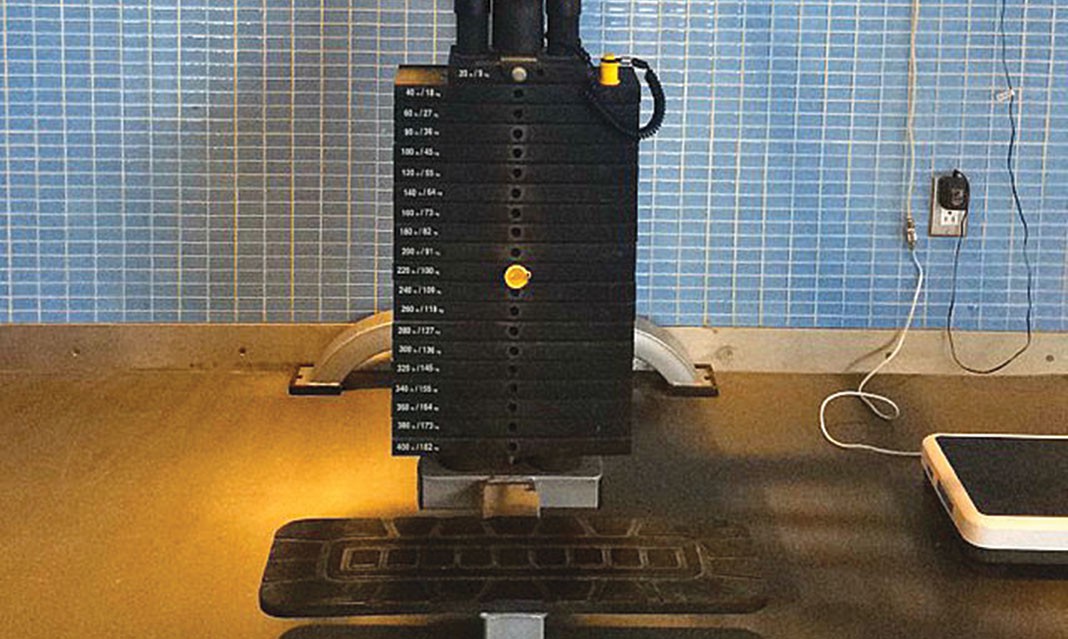Going to the gym for the first time can be intimidating, especially when trying to figure out the cardio machines.
The numbers that stare back at you on the electronic screen may become confusing and overwhelming. Some students find the statistics a motivator but others find them a distraction and discouraging. Does putting your sweaty palms on the metal handlebars really calculate your output or is it all an illusion?
Fourth-year molecular biology student Sean Menezes, a personal trainer at the RAWC, doesn’t believe students should focus on the statistics shown to users on the machine.
“I don’t personally use those metrics from any cardio equipment,” he says, adding that he doesn’t know how accurate they are.
Several students that go to the gym provide their input on the weight and cardio machines and why they started using them. Mohammed Musleh, a third-year chemistry major, goes to the gym six times a week. “A lot of the weight machines is cardio for me, which I think is useful for building up endurance, and it is a good low-impact exercise to start on,” he says.
First-timer Fatima Mohamed, a third-year student in political science and history, says, “My immediate goal is to get stronger and tone up.”
“I would get on the machine for multiple reasons,” says fifth-year life science student Jason Selvanayagam. “My main reason is to find new and alternative ways to work out.”
Selvanayagam sheds light on his workout techniques, saying, “I use the machines as an accessory and as a complementary exercise to dumbbell and barbell related work, which is the foundation of my training. The primary focus is to put the muscles to burnout after my free weights to increase the blood flow to that muscle and gain more muscle mass as a result.”
The statistics given to the user on the machines include a calorie counter, heart monitor, pulse rate, and duration tracker.
“I was on a strict diet in terms of calories so I would concentrate on the machine’s information,” says Mohammed. “Some of the advanced stats would motivate me in terms of how much more I need to go to reach my goals, but at the same time, they can be discouraging because it takes a while to see some real progress.”
Selvanayagam has an alternative view. “I usually don’t pay too much attention to the statistics, as it just ends up distracting me from my workout. I only pay attention to that information when I am training for something that is time sensitive, such as running a mile in under nine minutes.”
Menezes agrees.
“I never recommend students getting hooked on the numbers the machine tells them besides the duration and speed. Unless you’re training specifically for an individual sport or are a top athlete, keeping track of every calorie burned is going to feel like more of a chore than something beneficial,” he adds.
For those who are first-timers at the gym and may be intimidated by the statistics, here’s some advice: “When you get into a particular routine, you should try to push yourself but always be careful. If you’re unsure of what to do with a machine or weight, ask a personal trainer,” says Mohamed.
However, there can be at least one good thing about reading the stats. “Being able to track my progress through those stats gives me the encouragement to keep striving to get better,” says Selvanayagam.
Bottom line? When using the machines, be safe and cautious, but also stay focused on your primary goal and don’t get too caught up in the numbers.



